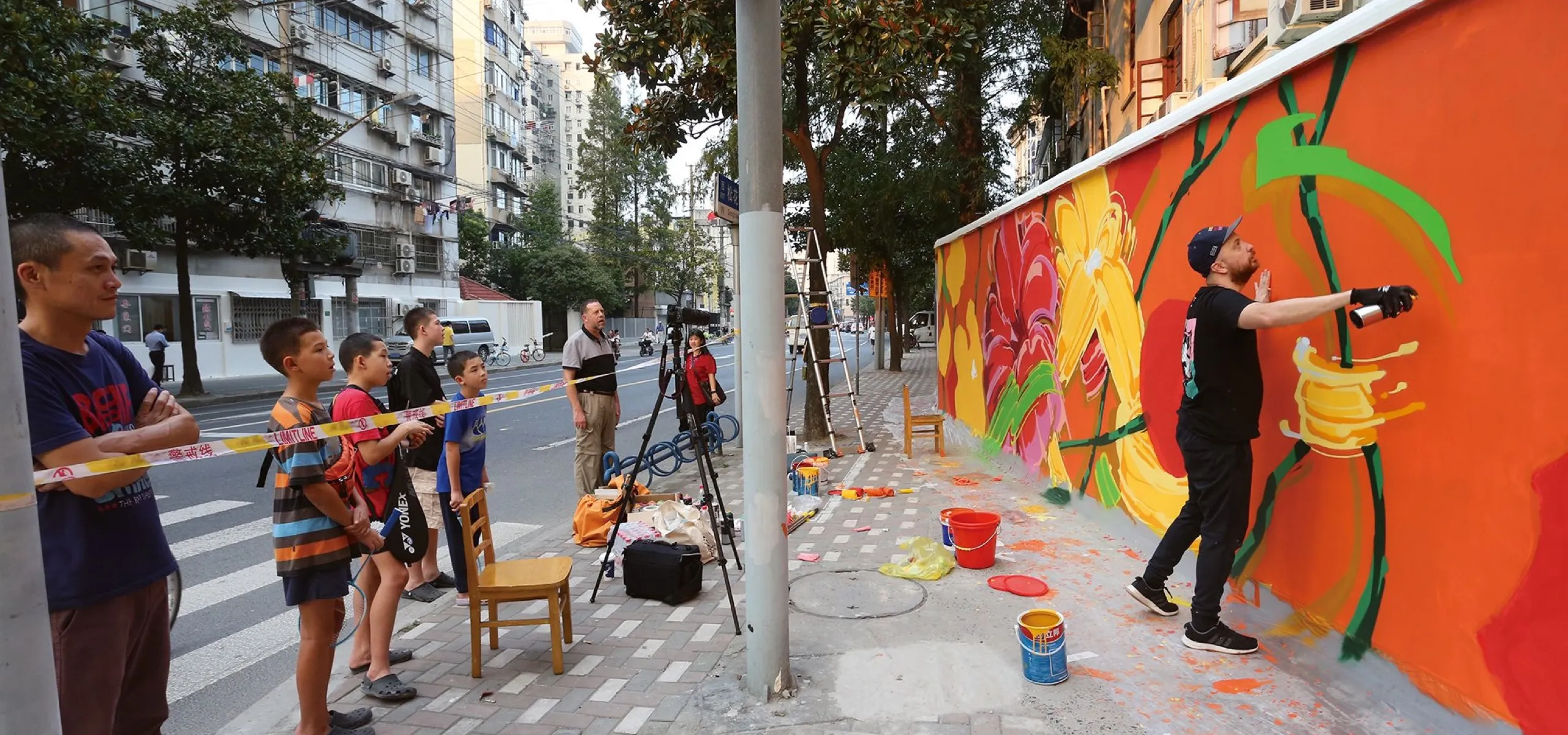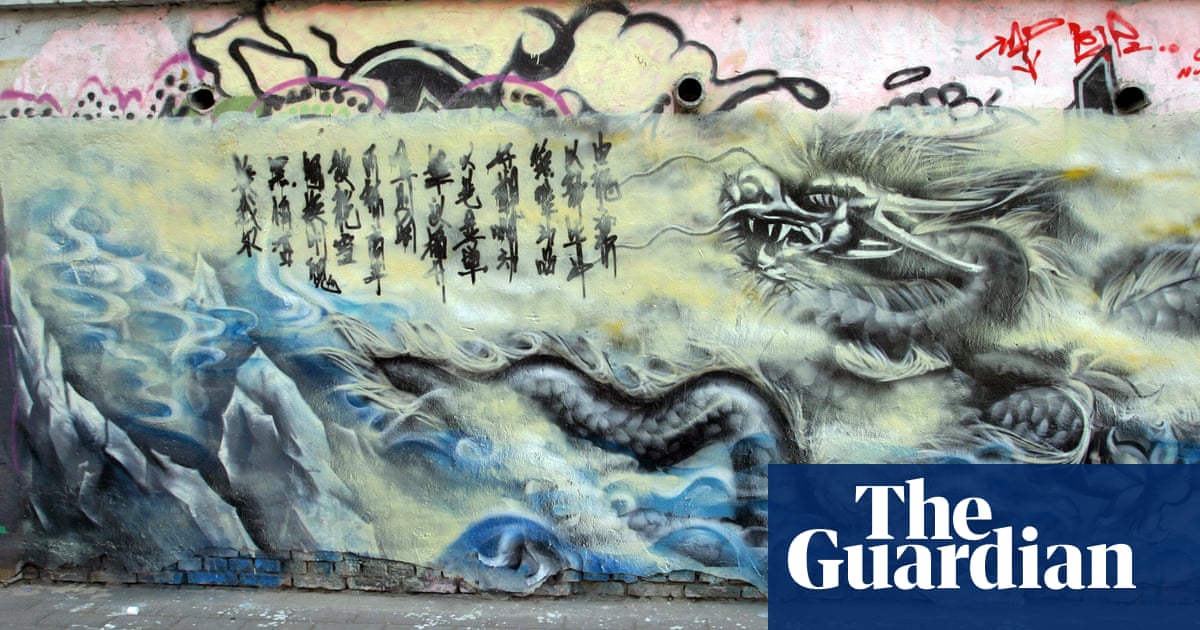China’s Street Art Scene: Discovering Urban Creativity in Beijing and Beyond

Welcome to the colorful world of China street art, where walls whisper stories of history, culture, and innovation. If you’re a traveler eager to explore beyond the usual tourist spots, you’ll find that China’s urban landscapes are alive with murals, graffiti, and creative expressions that reflect the nation’s dynamic spirit. From the bustling streets of Beijing to hidden gems in other cities, this form of urban art China offers a fresh lens on the country’s evolving identity. Here at jusha.travel, we love sharing tips to make your China journey unforgettable, and this guide dives into the heart of China creative culture, blending art with adventure. Whether you’re planning a street art tours China or simply wandering solo, let’s uncover how this scene inspires and surprises.
### The Evolution of Chinese Street Art: From Underground Beginnings to Mainstream Marvels

China’s street art journey is a fascinating tale of transformation. Emerging in the mid-1990s as an underground movement, China street art was initially a form of subtle rebellion, with artists using spray paint to comment on social and political issues. According to a detailed study from Chinese Graffiti Art, pioneers like Zhang Dali kicked off this wave with his “Dialogue and Demolition” project, where he painted over 2,000 self-portraits on Beijing’s soon-to-be-demolished buildings. This marked a shift from mere vandalism to meaningful urban art China, blending personal expression with public dialogue.
Major events like the 2008 Beijing Olympics and the 2010 Shanghai World Expo played pivotal roles in legitimizing street art. Governments began creating sanctioned zones, such as Beijing’s 730-meter-long spray paint area and Chongqing’s massive “Graffiti Street,” which involved over 800 artists and 12.5 tons of paint. As Written on the Walls: How Graffiti in China Went Mainstream explains, this evolution reflected changing attitudes, moving from viewing graffiti as illegal to embracing it as a tool for cultural enrichment. For travelers, this means exploring China creative culture isn’t just about viewing art—it’s about understanding how it mirrors China’s rapid modernization. If you’re visiting, practical tips include joining a street art tours China guided by local experts who can navigate these historical contexts. Remember to respect local laws; while some areas are now artist-friendly, unauthorized tagging can still lead to fines. Plus, pair your art adventure with a bite of street food—think jianbing (a savory crepe) from a nearby vendor—to fully immerse yourself in the vibe.
### Beijing’s Vibrant Canvas: Exploring the 798 Art District and Beyond

No discussion of Beijing street art is complete without spotlighting the iconic 798 Art District. Once a cluster of old factories in northeastern Beijing, this area transformed in the late 1990s into a hub for contemporary creativity, attracting artists from around the world. As detailed in Beijing 798 Art District: A Hub for Contemporary Art and Culture, the district’s raw industrial aesthetic provides the perfect backdrop for murals and installations that fuse traditional Chinese elements with modern twists. Wandering through 798, you’ll encounter everything from colorful graffiti walls to interactive digital art pieces, showcasing the intersection of China creative culture and technology. For instance, some artists incorporate QR codes into their work, allowing viewers to scan and learn more about the piece— a nod to China’s tech-savvy society. If you’re a culture enthusiast, plan your visit during one of the district’s open-air events, where you can watch live painting sessions and even chat with artists.
Beyond 798, Beijing offers hidden gems in neighborhoods like Caochangdi, where spontaneous murals pop up in alleyways. A great tip for travelers: Download a mapping app to locate these spots, and consider a street art tours China that includes bike rides through the city for an eco-friendly adventure. Don’t miss trying local snacks like roasted duck or bubble tea nearby—these culinary delights add another layer to your urban art China experience, making your trip both artistic and appetizing.
### Influential Artists and Movements: Shaping China’s Creative Landscape

At the core of China street art are the visionary artists and collectives that have pushed boundaries. As explored in II. Chinese Graffiti Art, figures like Zhang Dali and Tsang Tsou-choi (the “King of Kowloon”) paved the way with politically charged works. Tsang’s calligraphic tags in Hong Kong, for example, influenced a generation of artists who brought these styles to mainland China, fostering a sense of cross-cultural exchange.
Today, artist collectives and crews collaborate on projects that blend traditional motifs, like ancient calligraphy, with contemporary themes such as environmentalism. This reflects the broader China creative culture, where street art serves as a platform for social commentary. In Beijing, you might spot murals addressing urban renewal, reminding visitors of the city’s rapid changes.
For those curious about Beijing street art, attending workshops or festivals is a must—many are held in creative hubs and offer hands-on experiences. An interesting fact: Street art in China has influenced technology, with apps now helping artists share their work virtually. If you’re traveling with family, look for family-friendly tours that explain the cultural significance in an engaging way, perhaps tying it to China’s rich history of public expressions like temple carvings. In conclusion, delving into China street art reveals a world of urban creativity that’s as diverse as the country itself. From the historical roots in Beijing to the spreading scenes in other cities, this art form captures the essence of China creative culture, offering travelers unforgettable stories and visuals. Whether you’re marveling at Beijing street art in the 798 District or joining a street art tour in China elsewhere, it’s a reminder of how art can bridge cultures and inspire exploration. Here at jusha.travel, we’re passionate about helping you discover these hidden gems, so check out our site for more tips on China adventures. We’d love to hear your thoughts in the comments below—share your favorite street art experiences or explore related articles on jusha.travel for even more inspiration!

